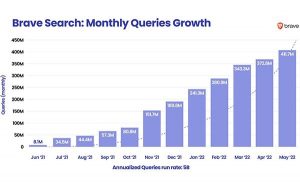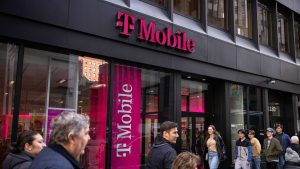Now that the holidays are behind us, it’s time for retail to shift focus. Over the coming weeks and months, you’re going to need to put a lot of energy into keeping the revenue you generated over the last weeks of year.
The post-holiday period in early- to mid-January has traditionally been a time for returns, while late-January through March is increasingly gaining notoriety as a peak season for chargebacks. This is because chargebacks tend to be most common between 45-60 days after a purchase.
Criminals know that retailers will be busy in the weeks before and after the holidays, and will try to take advantage of the situation. There are also friendly fraud cases, which can result from misunderstandings, buyer’s remorse, or deliberate attempts by cardholders to “get something for free.”
This seasonal uptick in chargeback activity is nothing new. In fact, we’ve observed this pattern developing for years now. What’s different, of course, is the impact of the ongoing COVID-19 crisis on card-not-present retail.
Customers Look to Reverse More Sales than Ever Before
Businesses in a number of verticals across the globe were shuttered for weeks, or even months at a time this past year. While it was a terrible time for brick-and-mortar sellers, a surge of eCommerce activity proved to be an unanticipated—but very welcome—product of the shutdown.
Online consumer spending during the 2020 holiday season jumped 50% compared to the same period one year earlier. Even now, as COVID-19 restrictions loosen in many states and countries, consumers are still opting to engage with digital channels more than ever before. This will have a long-term impact that extends well beyond the holidays.
Emarketer predicts that US consumers will spend roughly $ 1.2 trillion online each year by 2024. This will account for nearly one-fifth of total retail spending in the country. The growth is even more dramatic when we look at digital-impacted sales as a whole, including purchases made online or in-store using a digital channel to research or browse.
Of course, despite the rosy projections, we have to keep in mind that more online purchases will translate to more requests by customers to reverse transactions. Buyers are expected to return at least $ 57 billion worth of merchandise purchased during the holiday season. While no one enjoys product returns, they’re not the end of the world; the National Retail Federation says that three-quarters of shoppers will likely make additional purchases while processing a return.
Contrast that against a chargeback, which offers no potential to recoup revenue. The merchant loses sales revenue, merchandise, and overhead from processing and shipping costs. They also pay added fees, and can see other long-term negative impacts.
As we see in the infographic below, cardholders will request an astonishing 615 million in 2021, breaking the all-time record for the practice:
![Remote Sales Channels are Growing Rapidly, but so Are Threat Sources [Infographic] Remote Sales Channels are Growing Rapidly, but so Are Threat Sources [Infographic]](https://www.onlinesalesguidetip.com/wp-content/uploads/2021/02/Remote-Sales-Channels-are-Growing-Rapidly-but-so-Are-Threat-Sources-Infographic-scaled.jpg)
Making Revenue Protection a Priority in 2021
With each chargeback, a merchant loses a share of revenue, as well as the costs of transaction processing, shipping costs, and any merchandise shipped. They also get hit with an added fee assessed by the bank. Plus, each chargeback filed counts against the merchant’s chargeback ratio, which could carry serious consequences over time.
So, while there’s never been a better time to operate in the digital commerce space, there’s also never been a more dangerous time. The key to determining whether a merchant will succeed in this environment rests on how well they can identify chargeback sources and recover revenue when necessary. This call for a three-pronged approach that addresses chargebacks by their source:
- Merchant Error: Conduct a comprehensive, detailed overview of all facets of the business which might lead to a chargeback, including design, marketing, policy, fulfillment, or customer service.
- Criminal Fraud: Adopt a multilayer fraud management strategy employing complimentary fraud detection tools, all backed by dynamic fraud scoring.
- Friendly Fraud: Engage in tactical chargeback representment to recover sales that would otherwise be lost for no valid reason.
The marketplace is changing rapidly. Merchants will enjoy unprecedented opportunities for growth…but only if they manage risk effectively.
Digital & Social Articles on Business 2 Community
(10)






